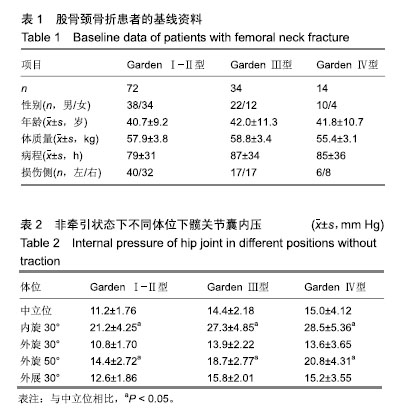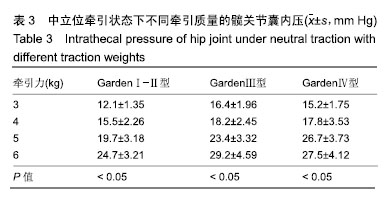| [1]FAITH Investigators. Fixation using alternative implants for the treatment of hip fractures (FAITH): design and rationale for a multi-centre randomized trial comparing sliding hip screws and cancellous screws on revision surgery rates and quality of life in the treatment of femoral neck fractures. BMC Musculoskelet Disord. 2014;15:219. [2]Novoa-Parra CD, Pérez-Ortiz S, López-Trabucco RE, et al. Factors associated with the development of avascular necrosis of the femoral head after non-displaced femoral neck fracture treated with internal fixation. Rev Esp Cir Ortop Traumatol. 2019;63(3):233-238.[3]Wu K, Huang J, Wang Q. The Use of Superselective Arteriography in the Evaluation of the Influence of Intracapsular Hip Joint Pressure on the Blood Flow of the Femoral Head. Med Princ Pract. 2016;25(2):123-129.[4]Pauyo T, Drager J, Albers A, et al. Management of femoral neck fractures in the young patient: A critical analysis review. World J Orthop. 2014;5(3):204-217. [5]Kazley JM, Banerjee S, Abousayed MM, et al. Classifications in Brief: Garden Classification of Femoral Neck Fractures. Clin Orthop Relat Res. 2018;476(2):441-445. [6]Wang C, Xu GJ, Han Z, et al. Correlation Between Residual Displacement and Osteonecrosis of the Femoral Head Following Cannulated Screw Fixation of Femoral Neck Fractures. Medicine (Baltimore). 2015;94(47):e2139. [7]Javdan M1, Bahadori M, Hosseini A. Evaluation the treatment outcomes of intracapsular femoral neck fractures with closed or open reduction and internal fixation by screw in 18-50-year-old patients in Isfahan from Nov 2010 to Nov 2011. Adv Biomed Res. 2013;2:14. [8]Wang W, Wei J, Xu Z, et al. Open reduction and closed reduction internal fixation in treatment of femoral neck fractures: a meta-analysis. BMC Musculoskelet Disord. 2014;15:167. [9]Bonnaire F, Schaefer DJ, Kuner EH. Hemarthrosis and hip joint pressure in femoral neck fractures. Clin Orthop Relat Res. 1998;(353):148-155.[10]Drake JK, Meyers MH. Intracapsular pressure and hemarthrosis following femoral neck fracture. Clin Orthop Relat Res. 1984(182):172-176.[11]Maruenda JI, Barrios C, Gomar-Sancho F. Intracapsular hip pressure after femoral neck fracture. Clin Orthop Relat Res. 1997(340):172-180.[12]刘利君,彭明惺, 孔古娅,等. 小儿髋关节两种不同方法的压力测定及其与不同体位变化规律的探讨[J].中华骨科杂志,1997, 17(12):748-750.[13]伍凯,张明贵,曹云,等.股骨颈骨折后关节囊压力对股骨头血供的影响[J].中国矫形外科杂志,2002,10(10):984-986.[14]Strömqvist B, Nilsson LT, Egund N, et al. Intracapsular pressures in undisplaced fractures of the femoral neck. J Bone Joint Surg Br. 1988;70(2):192-194.[15]杨秀军,肖湘生.股骨颈骨折后选择性血管造影评价股骨头血液循环[J].中国介入影像与治疗学,2004,1(2):122-126. |



